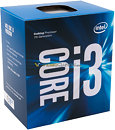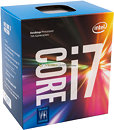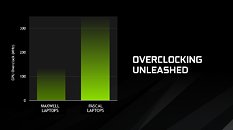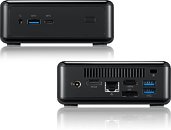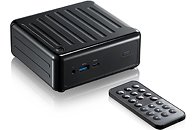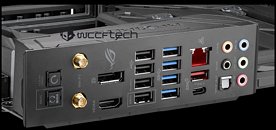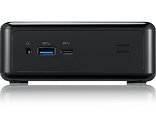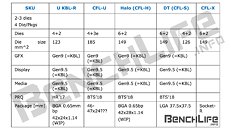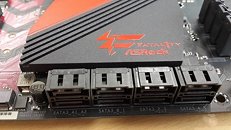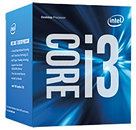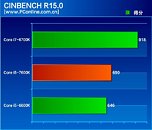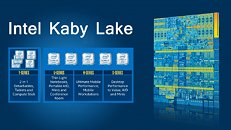
Soon: Kaby Lake-based Systems Carrying Intel Optane Solutions
Lenovo has recently released the specifications for their 2017 Thinkpad series line-up, with several models (T470p, L470, L570, T470, T570, X270 and Yoga 370) featuring the usual, evolutionary hardware improvements, such as being equipped with Intel's latest generation Kaby Lake processors and increased screen resolutions. However, one of the hardware announcements for the new Thinkpad series goes a little further than your usual, run-of-the-mill updates: these solutions will feature what is expected to be the first consumer-level adaptations of Intel's Optane technology.








